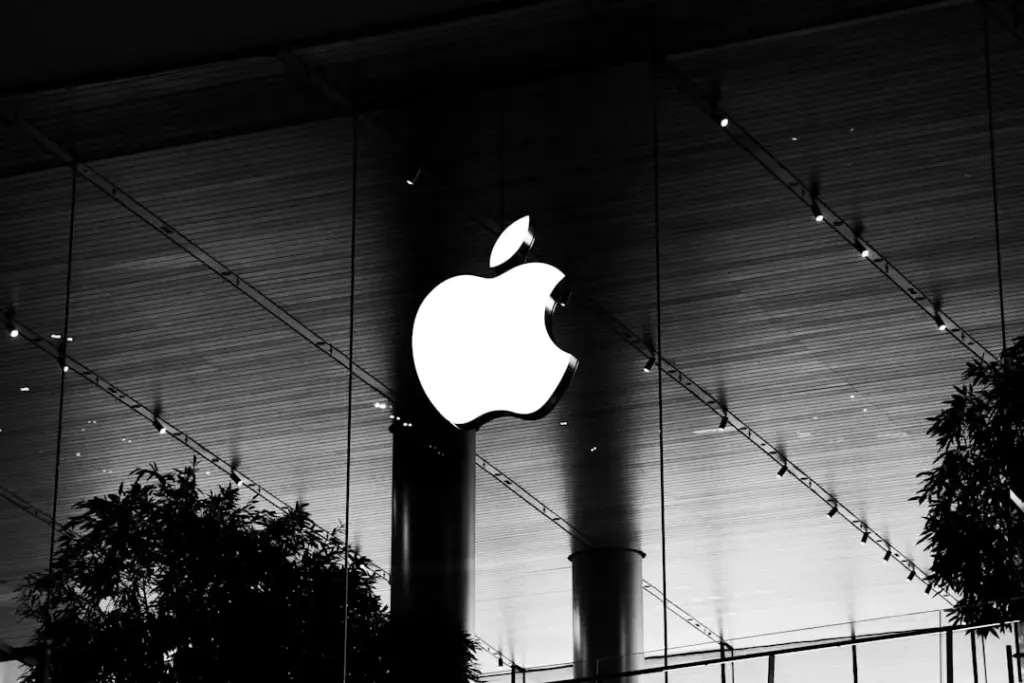
When regulatory battles between tech giants and governments unfold, they typically involve months or even years of diplomatic exchanges and procedural formalities. However, the ongoing confrontation between Apple and the European Union is anything but typical. This public spat, marked by mutual accusations, is exposing deep-seated tensions over the governance of our digital world.
The latest chapter in this saga began when European regulators launched an investigation to assess Apple’s compliance with the Digital Services Act (DSA). The European Commission has identified two areas where it believes Apple falls short: inadequate safeguards against financial fraud on the App Store and insufficient measures to protect children using its services.
Apple Strikes Back with Accusations of Hypocrisy
The situation escalated when Apple’s Vice President of Legal, Kyle Andeer, publicly accused European regulators of hypocrisy. Apple argues that the EU’s enforcement of the Digital Markets Act (DMA) has undermined its ability to protect users, complicating compliance with the DSA’s protective requirements.
Apple’s central argument is straightforward: the DMA’s requirements, which force Apple to open its ecosystem to third-party platforms, create security vulnerabilities. These vulnerabilities, Apple contends, expose users to fraud and scams on platforms the company cannot control, even for apps distributed through its own App Store. Additionally, Apple claims these changes weaken parental control tools, increasing risks for children—exactly the kind of harm the DSA is designed to prevent.
“You are asking us to protect users better with one law, while your other law stops us from doing exactly that,” Apple argues, highlighting the perceived regulatory incoherence.
The Broader Context of EU-Apple Tensions
To understand the hostility, it’s crucial to examine the broader context. Apple was designated as a “gatekeeper” under the DMA, due to its significant control over iPhone app distribution. This designation has forced Apple to alter its business model in the EU, allowing alternative app stores and external purchasing options.
The financial stakes are high. Apple has already faced a €500 million fine for its App Store practices, signaling Brussels’ willingness to impose heavy penalties. Apple’s legal team has described the DMA requirements as excessively invasive, while EU officials accuse Apple of maintaining excessive control to generate supernormal profits.
The rhetoric has shifted from measured to pointed. Greg Joswiak, Apple’s Senior Vice President of Worldwide Marketing, accused Brussels of trying to dismantle the “magic” of Apple’s integrated experience, indicating that private negotiations have stalled.
Real-World Impacts on Users and Developers
The implications of this regulatory clash are not merely theoretical. European users are already experiencing delayed feature rollouts and reduced functionality as Apple navigates conflicting rules. For instance, Apple has postponed launching certain capabilities in EU markets, citing DMA compliance challenges, such as Live Translation features for AirPods and iPhone Mirroring functionality due to security concerns about data exposure on non-Apple devices.
Developers are also feeling the impact. Apple has introduced a Core Technology Fee for apps exceeding one million downloads under the new EU terms, forcing developers to choose between traditional App Store terms and new EU-specific options with different payment processing arrangements.
Moreover, the regulatory changes have allowed gambling applications to appear on iPhones in regions where they are legally prohibited. Apple cites this as an example of how regulatory conflicts can create new risks while attempting to solve old ones. The developer community is caught in the crossfire, with many describing the situation as “malicious compliance,” where rules are technically met but alternatives are made so complex or costly that they are impractical to adopt.
What This Means for the Future of Tech Regulation
This confrontation raises fundamental questions about governing digital platforms as integrated ecosystems increasingly define user experiences. Europe argues that its regulations aim to ensure genuine developer opportunities and user choice, a reasonable goal in principle. However, Apple’s resistance highlights the challenges of achieving this without unintended side effects.
Apple contends that regulatory implementation reduces consumer choice by eliminating access to its integrated ecosystem experience. Many users choose Apple for its seamless integration and security, and the company argues that forced interoperability undermines that choice.
“The outcome will shape platform design, user experience, and competitive dynamics across the global tech industry for years,” analysts suggest, emphasizing the high stakes involved.
European regulators have the power to impose fines of up to 5% of global revenue for non-compliance, potentially amounting to tens of billions of dollars. Apple has dedicated substantial resources to navigating evolving DMA requirements while attempting to preserve its core business model.
The world is closely watching. Other jurisdictions are keen to see whether Europe’s approach can boost competition without undermining innovation or user experience. The result could determine how integrated ecosystems coexist with interoperability mandates.
Where Do We Go From Here?
A quick resolution seems unlikely. Apple continues to argue that European implementation creates security vulnerabilities while accusing regulators of frequently shifting compliance requirements. The company has even called for the repeal of the DMA while pursuing a negotiated settlement.
Meanwhile, the European Commission is evaluating Apple’s revised compliance approaches and may launch additional investigations if measures are deemed insufficient. This process has become a high-stakes legal chess game, with both sides plotting their next moves while billions of dollars and core questions about platform governance are at stake.
Apple’s shift from careful diplomacy to open confrontation suggests that private negotiations have reached an impasse. The DSA investigation adds another layer of complexity, increasing the likelihood that Apple may face penalties under multiple regulatory frameworks simultaneously. Such pressure could force a resolution, either through compromise or a definitive ruling that sets clearer precedents for how integrated platforms operate in regulated markets.
Ultimately, this battle is not just about Apple versus Europe; it’s about defining the architecture of digital markets in the 21st century. Whether integrated ecosystems withstand intense scrutiny or interoperability mandates reshape technology usage, the outcome of this clash will have far-reaching implications for users, developers, and the global tech industry.






